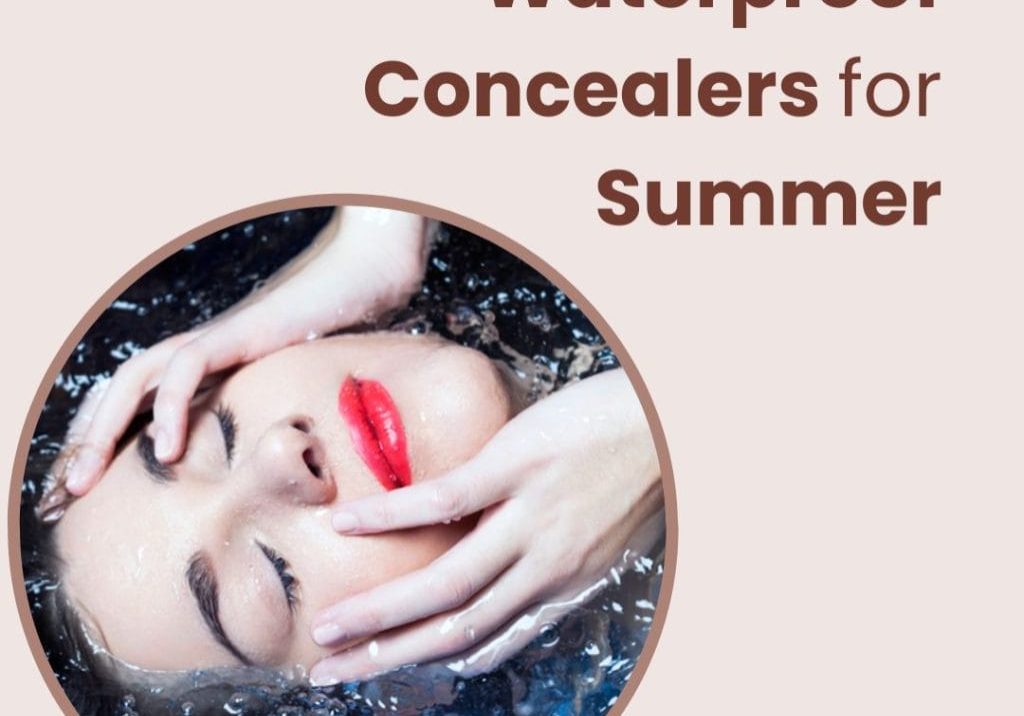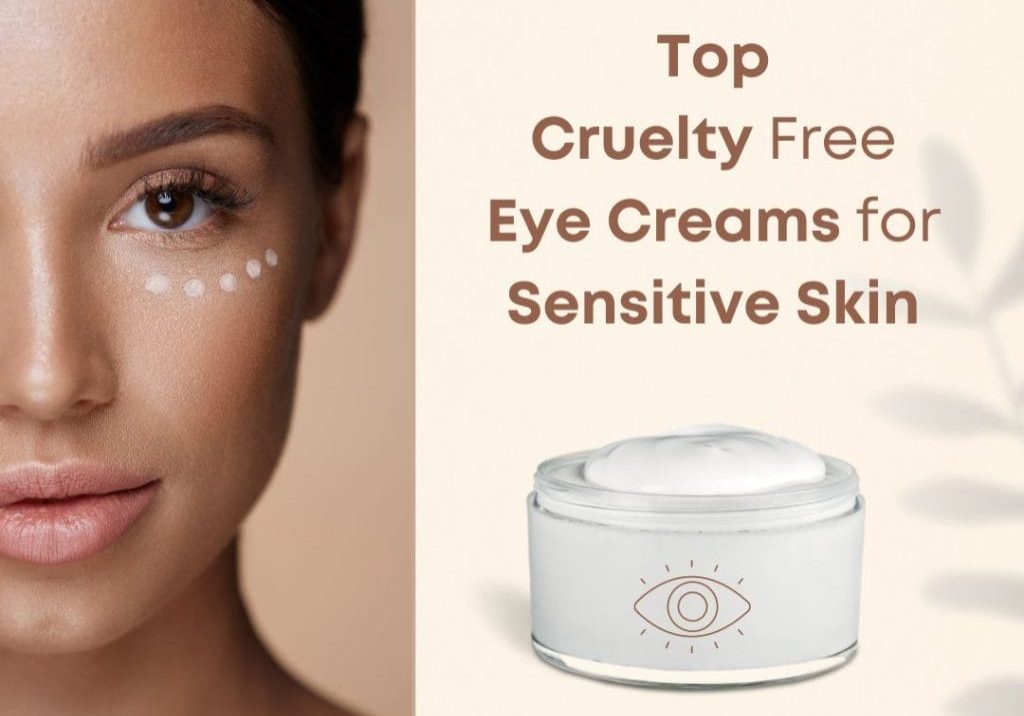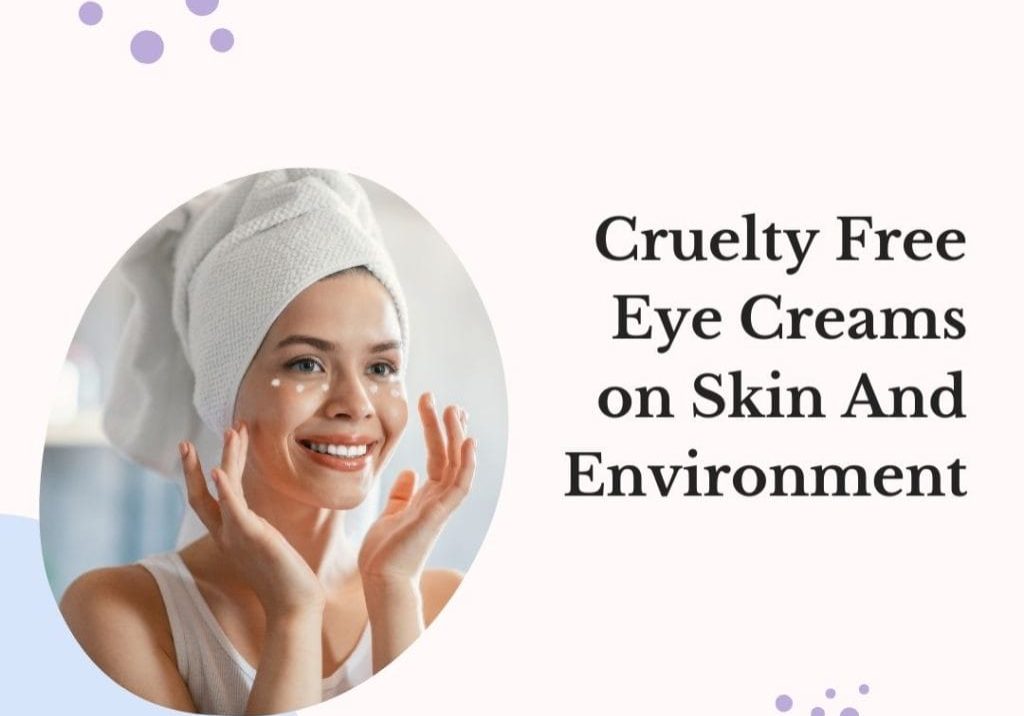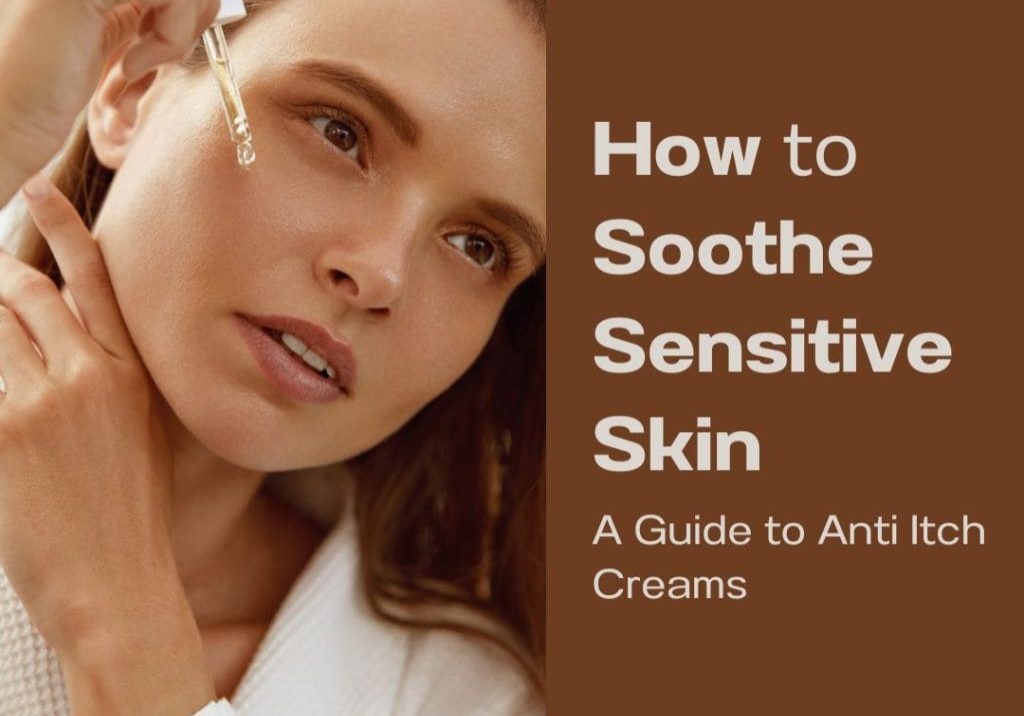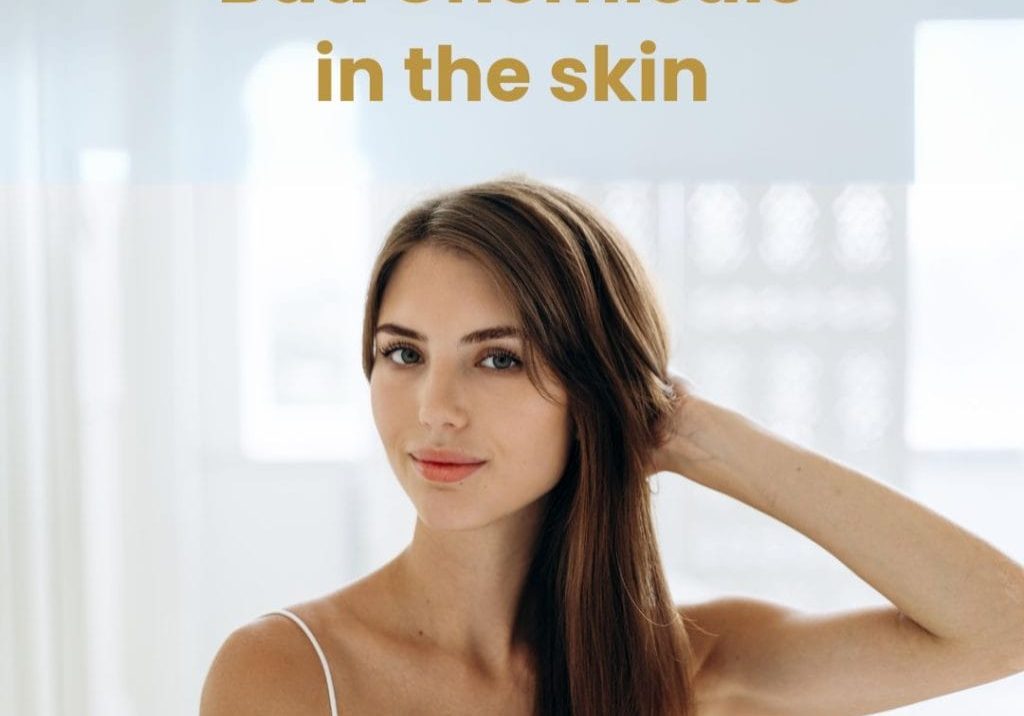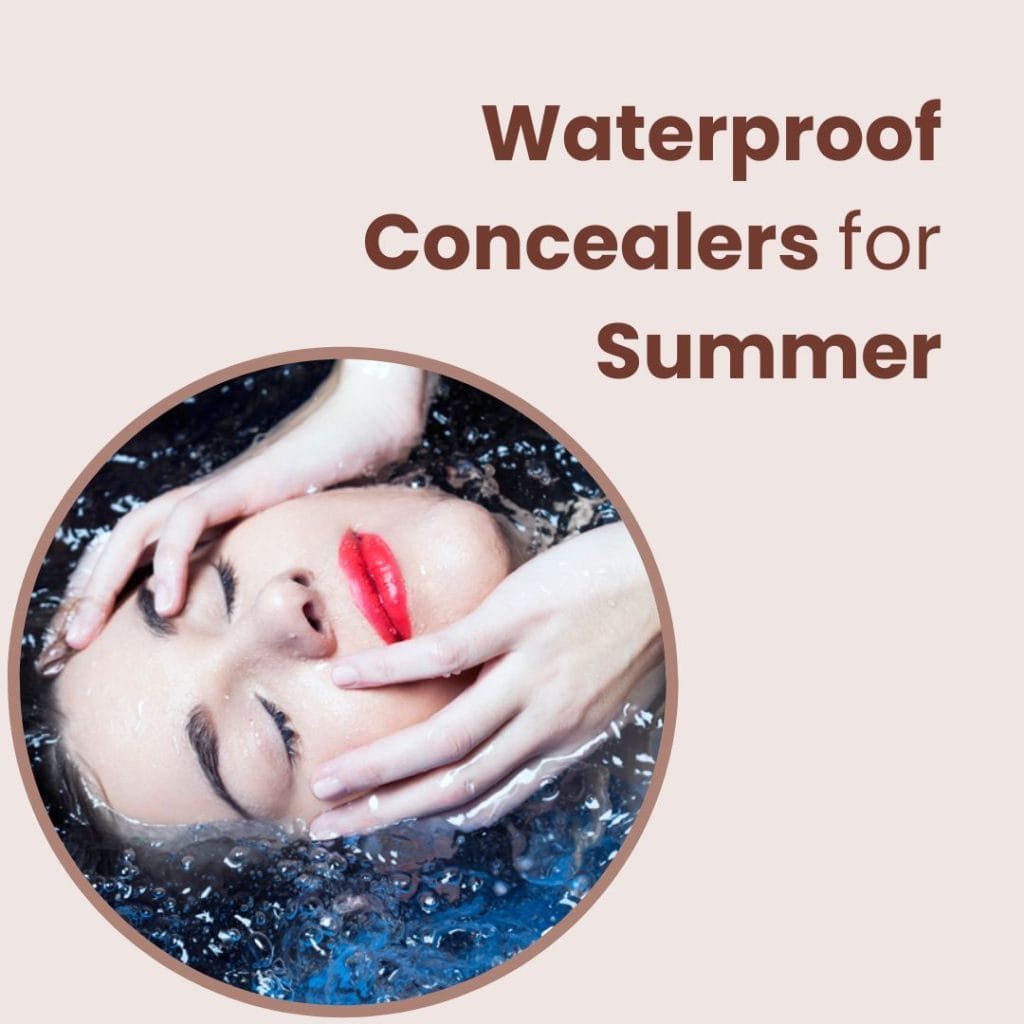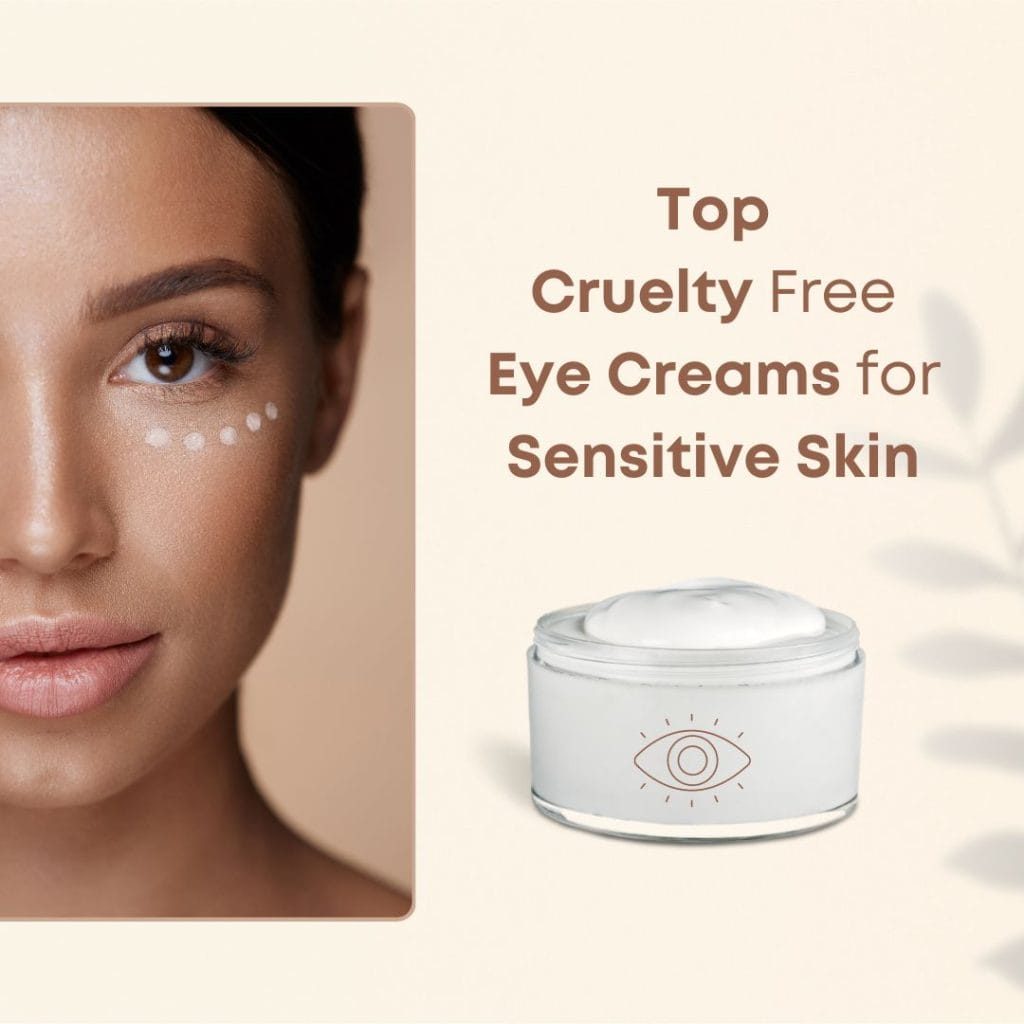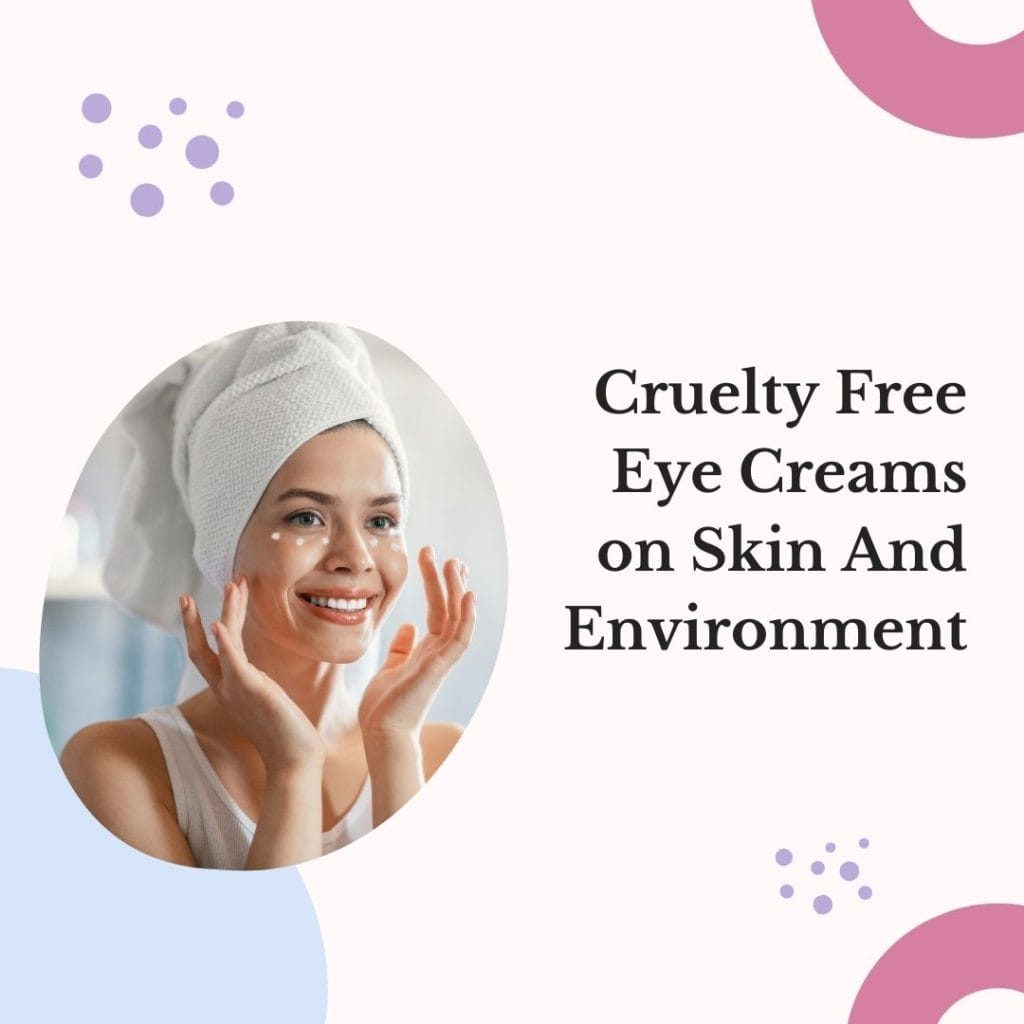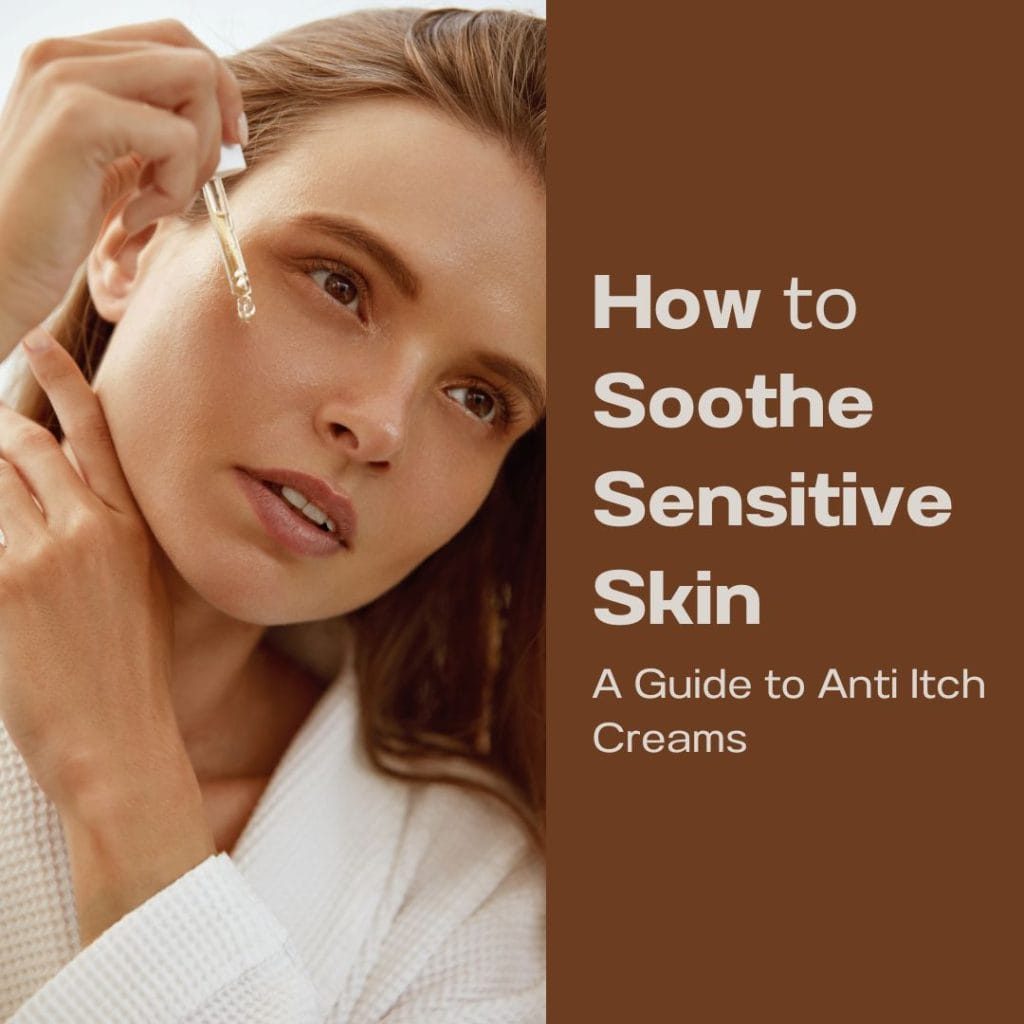Table of Contents
Milia are small, hard white bumps under or around the eyes. These small pesky bumps are way more difficult to remove than acne bumps like blackheads and whiteheads. Many people try to squeeze them like acne bumps but they usually fail. There are a number of methods to treat and prevent milia but understanding the cause of why they occur can also help in treating and preventing them.
What Are Milia?
Milia are small, keratin-filled cysts that usually occur in the area surrounding the eyes. They can occur in age groups. They usually appear in clusters but it can be solitary too. They are most common in infants. About half of the infants develop them. They get these tiny, whitish, firm bumps around the nose and eyes and on the cheeks.
Adults develop milia on the face especially around the eyes which are delicate areas. They can appear on the hands or arms in older people with sun-damaged skin or in the people who have certain genetic or acquired skin conditions related to blistering.
No matter what the cause is, milia are harmless and there is no need to fuss about them as they eventually go away on their own.
What causes Milia?
Milia are caused because sometimes skin fail to naturally exfoliate properly. Dead skin cells build up underneath the skin causing these bumps to form.
Milia are cysts, unlike acne, they do not get inflamed or form pore or swell or develop redness.
How to Get Rid of Milia?
In most of the cases, there is nothing that needs to be done for treating milia as they resolve themselves in due time, so it’s better to leave them alone. However, if you can’t wait for them to go away on their own, especially when you have a big event coming up. Treatment should be done by a skin care professional so that it is rooted out in a clean environment that will reduce the chances of infection. Here are some things you can do.
-
Regular Exfoliation
Exfoliating agents that increase cell turnover keep the skin smooth and healthy. They will also help eradicate and prevent milia. They usually appear on the skin around the eyes which is more sensitive and thin, therefore, it is better to use gentler scrubs that don’t scratch the skin much and don’t leave the skin overly dry or irritated. Put a pea-size amount of the exfoliating agent on the ring finger and slowly massage the area around the eyes in small circular motions.
Skincare products containing retinol and glycolic acid are great milia busters. These ingredients are thought to be safe but you still need to be cautious when using them around the eyes as this area is thinner and more likely to irritate if rubbed hard.
Regular use of glycolic acid in low doses allows the skin to exfoliate consistently without causing irritation. A thin layer of hydrating gel applied every other evening is enough to give your skin a smoother and brighter appearance. Wait for 10 minutes to let the product to absorb and dry before applying moisturizer.
Another milia eradicating ingredient is retinol. Its nightly use in low concentrations boosts the skin’s cell turnover rate, bringing out a fresh smooth layer. If you have sensitive skin, start with applying a thin layer every other night before you start using it every day. Always remember to follow up with an evening moisturizer to reduce irritation and dryness. If your milia feel a little more stubborn, retinol creams are your best chance to deal with it.
Remember to consult your skincare professional before ramping up to these options.
Extraction by dermatologist
Manual extraction by your skincare practitioner can provide a ready solution for those who can’t bear the sight of their milia for a sec.
The dermatologist will create a small opening in the cyst using a sterile blade or needle and then the bump will be extracted with a comedone extractor by gentle pressure. Also, after creating the opening in the cyst, it can be left to decompress with a routinely exfoliating or simple cleaning.
You have been cautioned not to do this at home on yourself. The skilled hands of a well-practised dermatologist can do it without trauma and scarring. Improper handling can result in skin trauma leading to dark marks or permanent scarring.
Prevention:
Overexposure to the sun can contribute to milia formation which is why sunscreen is important. Try using sunscreen more often. Buy the product that has SPF above 30. Also, apply it lavishly and on every exposed area of your skin.
If you develop a solid skincare routine like gentle exfoliation and daily sun protection, your skin could be as radiant, smooth and milia free as ever.

